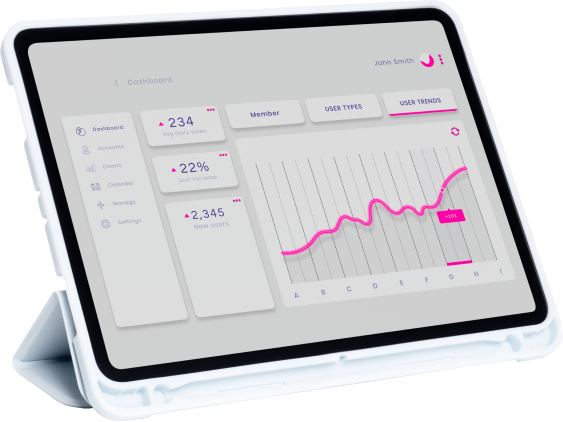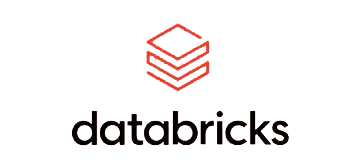What Is Retail Analytics?
Subheading: Retail analytics empowers retailers with essential data to make informed decisions on critical aspects of their business

Retail analytics utilizes software to gather and analyze data from various retail channels, including physical stores, online platforms, and catalog outlets. This process provides retailers with valuable insights into customer behavior and shopping trends. The application of predictive algorithms to internal sources like customer purchase histories and external repositories such as weather forecasts aids in making informed decisions about pricing, inventory, marketing, merchandising, and store operations.
Moreover, retail analytics plays a crucial role in measuring customer loyalty, identifying purchasing patterns, predicting demand, and optimizing store layouts. This optimization allows retailers to strategically place items on shelves based on their frequent pairing or offer personalized discounts to frequent shoppers. These strategies aim to increase average basket sizes and encourage more frequent visits, enhancing overall retail performance.




























